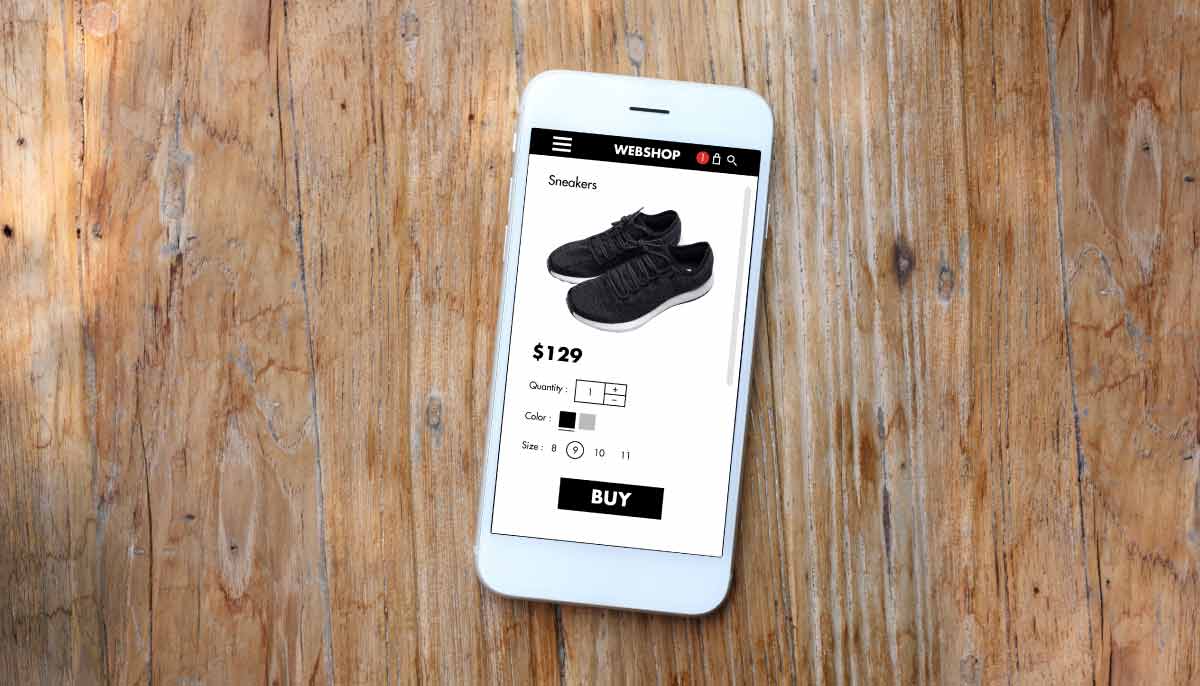
Guest Post: Consumer Perspective on the Sportswear Sprint from Brick-and-Mortar to “Digital First” Retail
Consumers, over the past year, have experienced significant change across retail verticals. Those attuned to purchasing sportswear in-store, experienced a unique challenge as they adapted from their usual habit of visiting physical stores and exploring options in-person to shopping for, in some cases, specific sports items, online. This piece explores how easy it has been for sportswear consumers to make this transition from brick-and-mortar to “digital first” retail.
Prior to 2020, the arena of online shopping was one of many popular retail options – but a foreign concept to me. Questions like ‘But what if it doesn’t fit?’, ‘What if it doesn’t get here on time?’ or ‘What if I need to return it?’ can be even more time critical for a sports enthusiast with activities, competitions and events scheduled. Often requiring participants to practice in the article of clothing purchased or having to factor in time to break in new trainers or other footwear to be used at the tip of peak performance, shopping habits are markedly different.
One recent and rather topical retailer tackling this issue in the UK has been John Lewis. By making their advice and support services available online via a video platform, the company has made appointments free to book. They have also provided access to personal stylists through Instagram, further ensuring that John Lewis can build a real connection with the consumer despite adversity.
As a result, a rigid philosophy of shopping only when desperately needed or when one needs to be inspired by new products or physically experiment with sizes – “retail therapy” is not always in the sports consumer vocabulary.
Getting a grip on lockdown
Searching and shopping online, although providing many options instantly, has presented some with challenges. In a time before COVID restrictions, conversations with store assistants about certain styles or brands can naturally and organically occur. Humans who work in the physical environment may need to find specific trainers with greater grip, whether pacing through the mud or making a sudden stop for the ice-cream truck.
While it’s clear retailers and brands put in work to increase their self-service outlets on their eCommerce websites, for some the changes did not come quick enough or the service was less in depth and a little lackluster when compared to the in-store experience that has kept customers returning time and again. Retailers further struggled to keep up with the pace of change and demand. eMarketer revealed that UK consumers spent 38% more online in 2020 than 2019, emphasizing the need to manage this significant increase.
A push to “digital first” – and its challenges and opportunities
With outdoor exercise and home fitness witnessing a global increase over the last year, many consumers, like myself, have found more free time to exercise – a counteraction for the increased levels of late-night snacking (remember the bread baking trend?). Taking up running, like many friends and family, has been a way of exercising and seeing the outside world in uncertain times. As an individual who has previously purchased soccer cleats and turf shoes, and considers themselves well-versed in sportswear, running trainers were a new venture.
But with all shops closed in the UK, would the help needed be able to be found online?
As someone inexperienced with online shopping, the equivalent of store assistants can be difficult to find. Without an assistant, the knowledge gleaned from peers and colleagues amounted to needing trainers that would be easy to clean and made of strong material to survive woodland runs – bearing in mind the unpredictable, and often grim, UK weather also.
After several clicks, and as many backspaces before arriving at the right page, it became evident very quickly that online shopping’s greatest benefit would simultaneously become my greatest fear: too much choice.
Able to view a plethora of options and finding myself trying to choose between eight similar pairs of trainers, it was safe to say the time it took, compared to my well-honed ability to shop in-store, increased. Also, further questions began to come to mind. For example, I hadn’t bought new sports trainers in a while, what size would I need? When dealing with an assistant in-store, different sizes, brands, and colors can all be sampled. However, once online, it soon became apparent that shopping online is only quick if you already know what to look for. While plenty of websites do now offer chat support to help shoppers, niche questions can faze advisors. But through video chat, and having that real human element, the in-store experience can be somewhat replicated.
A recent experience when purchasing a new phone only confirmed this. In a similar way to venturing into a physical store, being able to use video chat to talk with an assistant who can provide in-depth product information, made decision-making a lot easier. Video chats should be a key investment for most companies to consider. Implementing this channel into eCommerce strategies will provide an alternative option for customers, guiding them better to answer a surface level query via a chatbot and go more in depth with video assistants to help customers achieve their shopping goals and foster loyalty at the same time.
The benefits of online shopping
Despite my initial reservations with the capabilities of the online retail world, it is now evidently clear why online shopping has been so popular in the past – and why its popularity will continue post-COVID. With thousands of products on offer, the latest brands available, and the ability to filter by price for your individual requirements, online shopping provides greater flexibility than any physical store currently can.
Online purchasing has also tackled the obstacle of returning products through the more simplified process of easy and free returns – many companies now offer free returns, and also have updated their return policies as a result of COVID-19. For instance, JD Sports extended their return date by an extra 28 days as well as providing an option to return items directly to the JD Sports warehouse.
Whilst saving time is a personal but considerable factor when shopping, a hugely undervalued factor is avoiding the busy environment of in-store shopping. When shopping on the web, the avoidance of crowds and long lines has significant appeal – two of the most uncomfortable elements for the average consumer. Online shopping has allowed me to avoid the stress of physical stores and still search for the products needed. Methods such as BOPIS also offer consumers the ease of purchasing online and the ability to pick-up their product from the store in a contactless process. This further allows consumers to know exactly when they will be receiving their purchase, avoiding the waiting for a delivery to arrive.
Despite my initial hesitation purchasing sports footwear online, this approach can save time. Changing from brick-and-mortar to “digital first” retail puts the accountability back on the consumer. You need to fully understand what product is needed from the outset. While it will be good to see the high street return at some point in the future, after seeing how quickly you can buy products online, there are certain things that I’ll consider exclusive online purchases from now on.


